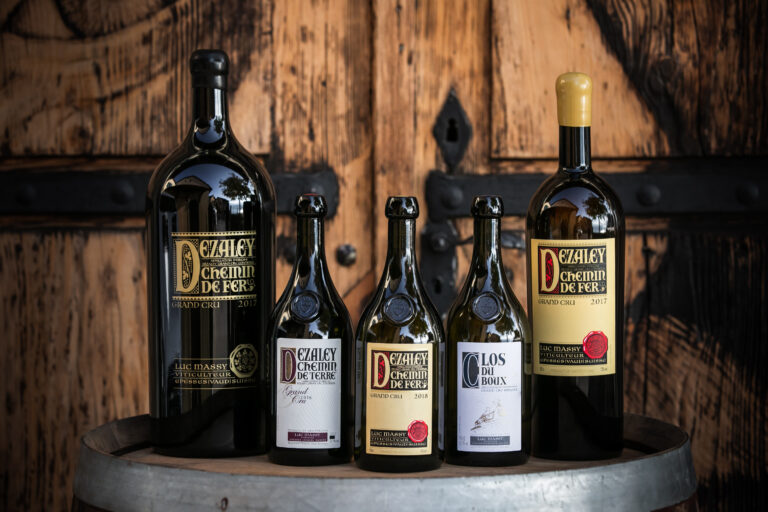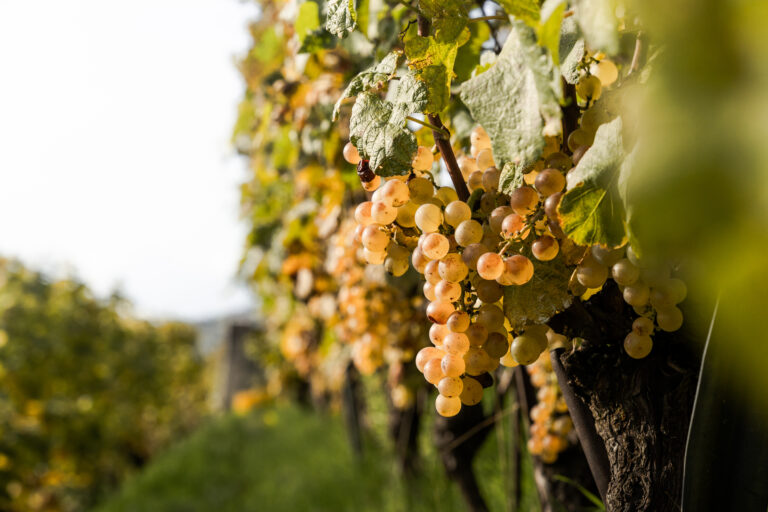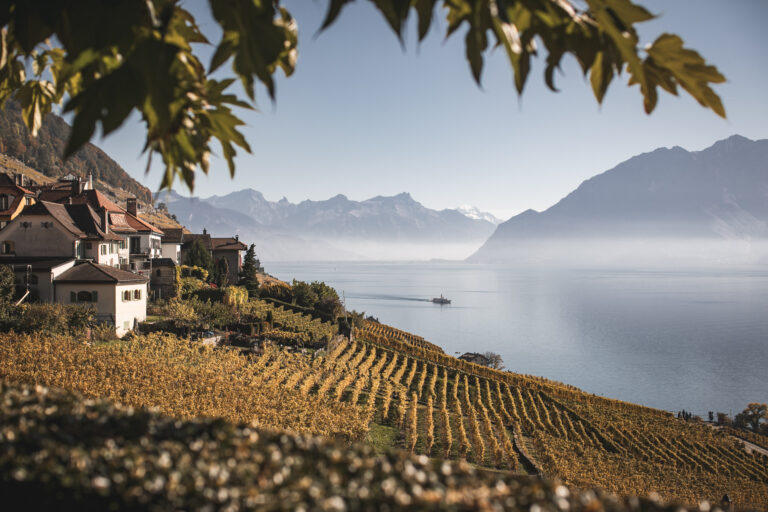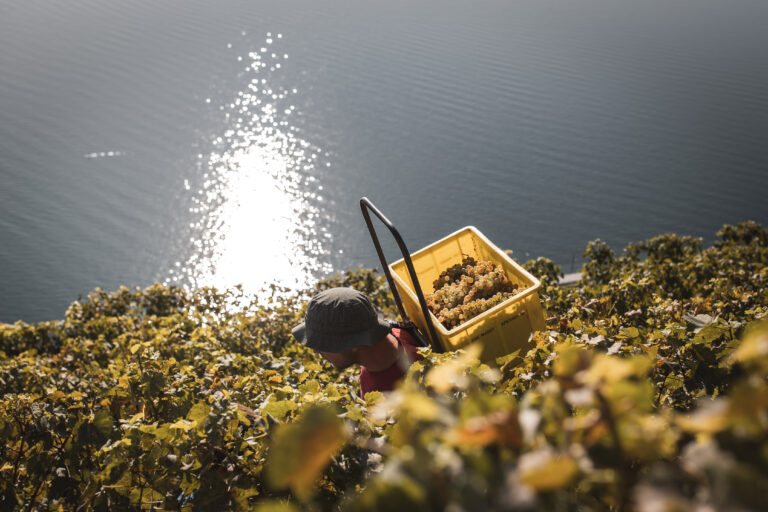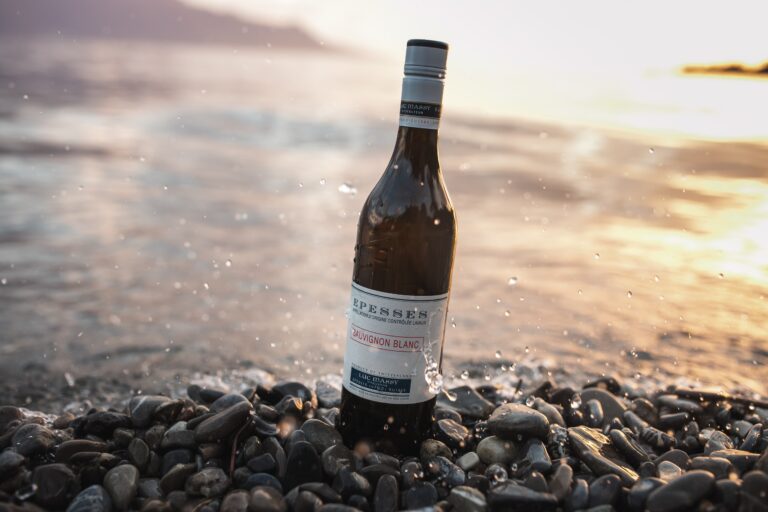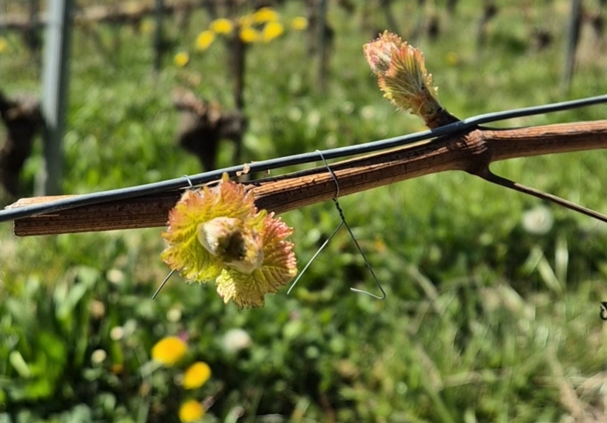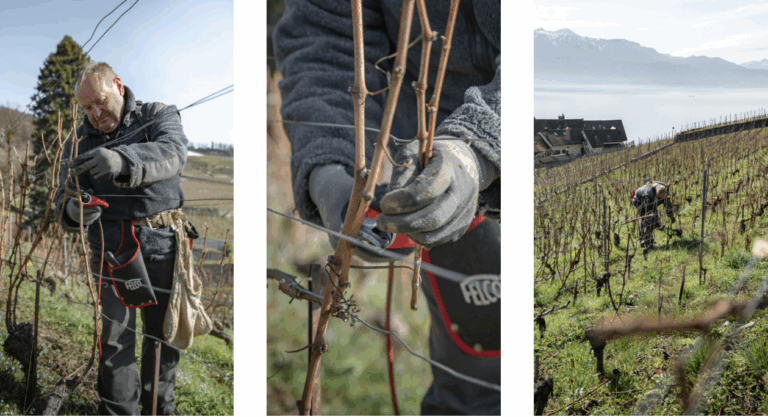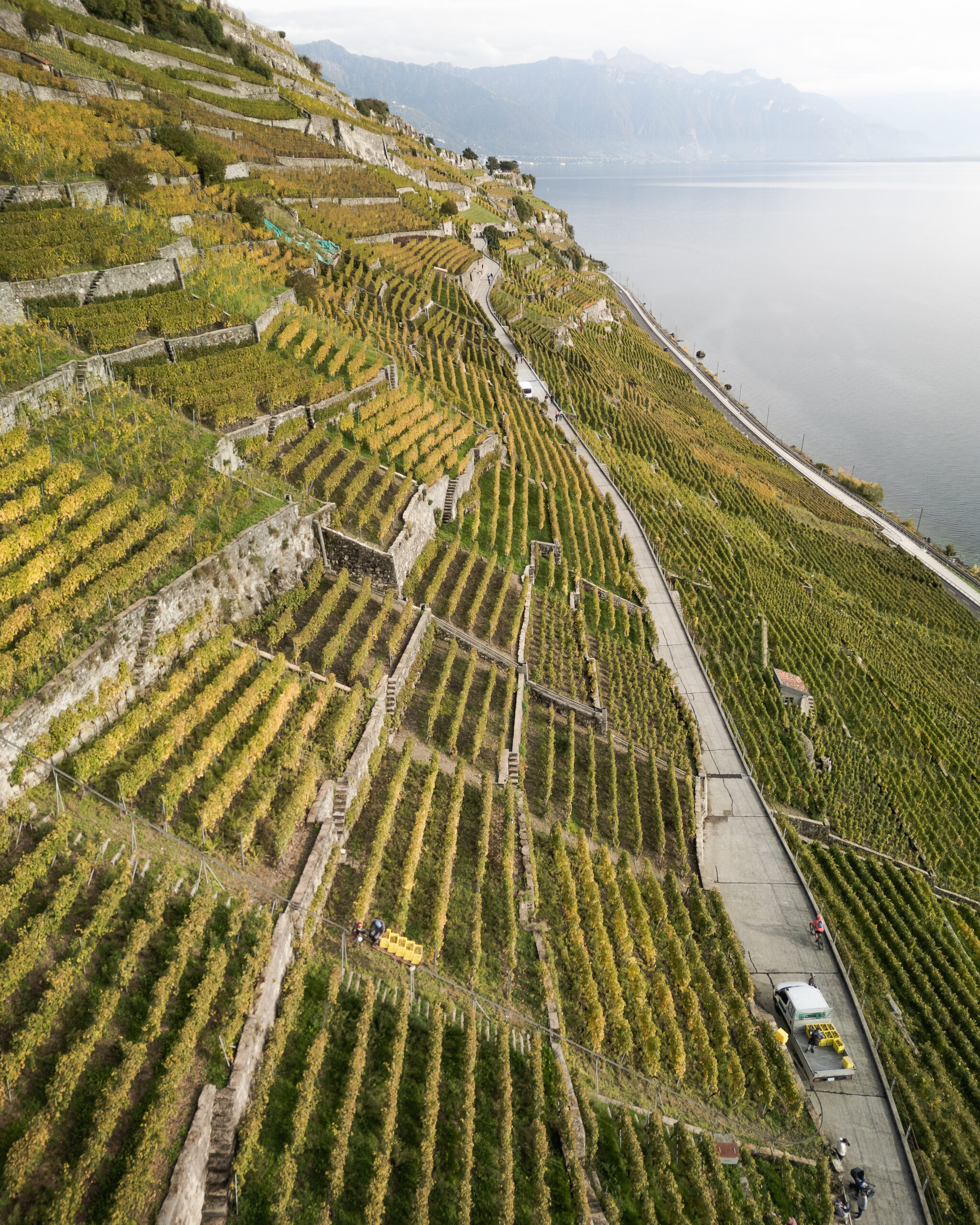
When is the best time to harvest vines in Lavaux?
Harvesting on the slopes of Lavaux is more than just picking grapes. It’s a time when each bunch tells its own story, when nature and know-how come together to create a unique wine. But how do you know when to pick these precious fruits? The answer lies in the subtle balance between ripeness and climate, a veritable art mastered by Lavaux’s winegrowers.
The importance of choosing the right time to harvest
Impact on wine quality
The right moment to harvest determines the richness and balance of the future wine. Harvest too early? You risk producing a wine that’s too acidic. Too late? You could end up with a wine that’s too sweet or flat. It’s like a delicate dance between nature and human know-how.
- Acidity: An early harvest can produce a wine that is too acidic, perfect for some whites, but not for all.
- Sugar: Wait too long, and the sugar or alcohol takes over, making the wine heavier.
- Aromas: Timing influences aromas, from fresh fruity to riper notes.
And at La Maison Massy, we know that each grape variety has its own personality. 🍇 For example, for the famous Chasselas d’Epesses, a well-calibrated harvest reveals its mineral and floral notes.
Factors influencing harvest date
So how do you decide when the time is right? Several factors come into play:
- Weather: A hot summer can bring the harvest forward, while a rainy autumn can delay it.
- Grape ripeness: This is the key! We measure sugar content, acidity and tannins to determine the ideal date.
- Experience: Our experts use their traditional know-how to guide their decisions.
In the end, choosing the right moment to harvest is a bit like surfing the perfect wave: it requires patience, observation and impeccable timing.
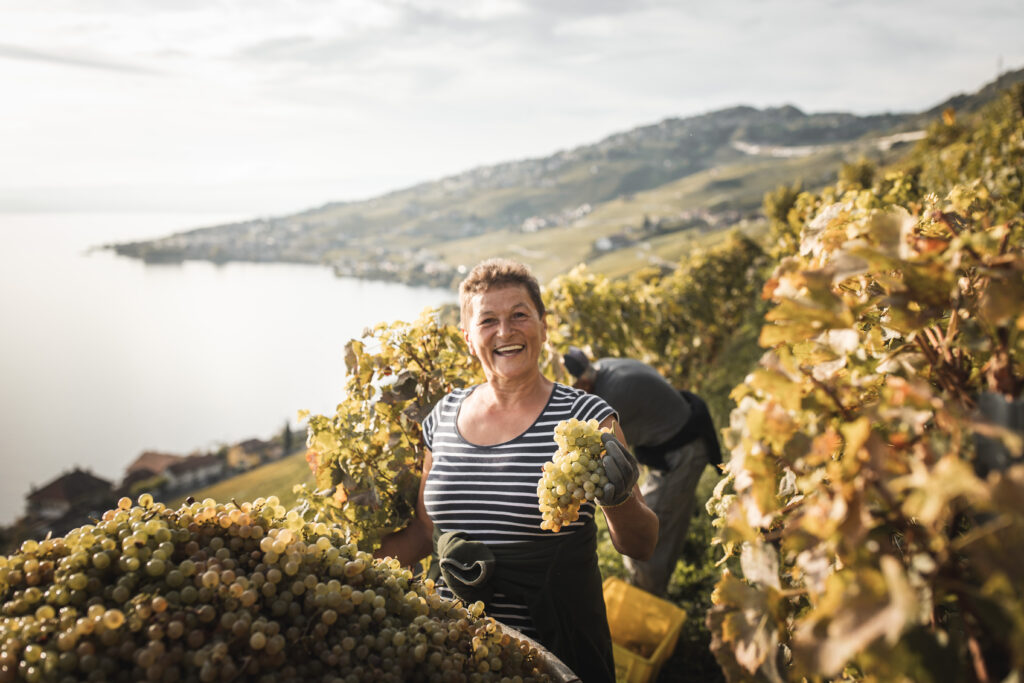
Sugar and acidity analysis: key indicators
It’s absolutely crucial to understand two essential elements: sugar content and acidity. These two indicators are your best allies in determining the ideal time to harvest. 🕵️♂️
How to measure sugar levels
Sugar in grapes is a bit like fuel in a car. The more sugar, the more body and alcohol. To measure sugar levels, a refractometer is often used. This tool enables us to know exactly how ripe the grapes are. It’s a must-have for any self-respecting modern winemaker.
Here’s how:
- Take a sample of grape juice.
- Place a few drops on the refractometer.
- Read the measurement in degrees Oechsle. A measure of the sugar content of grape must.
In general, a sugar level between 72 and 88 is considered optimal for Chasselas.
The balance between acidity and ripeness
Now let’s talk about acidity. It’s that little touch that gives wine its freshness. The balance between sugar and acidity is crucial for a harmonious wine. Too much acidity and the wine will be sour, not enough and it will become flat. 🎭
A simple way to check acidity is to taste the grapes directly. A good balance often translates into a slightly acidic flavor, just enough to make your taste buds sparkle without assaulting them. 😋
The winemakers at La Maison Massy remind you that each vintage is unique, and that this balance can vary from one year to the next. This is the art of harvesting: knowing how to adapt and listen to nature.
In conclusion, sugar and acidity analysis is a must for any winemaker wishing to create an exceptional wine. These indicators are the compass that guides every step in the Epesses vineyard.
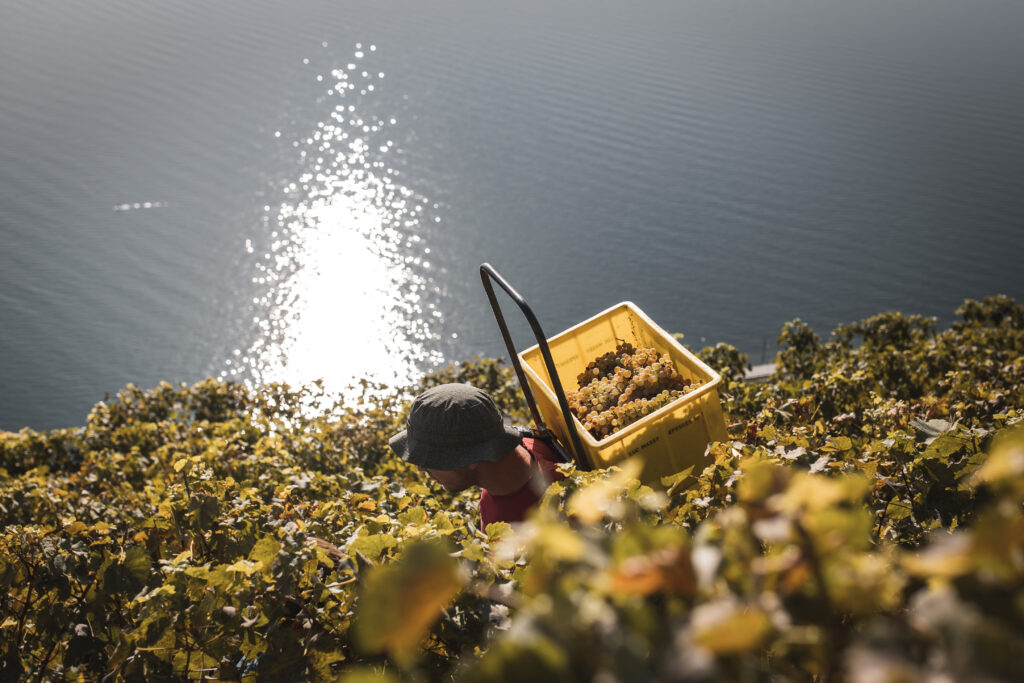
Influence of climate on the harvest period
The Swiss climate is a real master of suspense for ourEpesses grapes… ! The vines react like divas, adjusting to every whim of the sky. For us wine enthusiasts, understanding the impact of climatic variations is like having the right tool for every situation.
Climatic variations and their impact
Climate plays a crucial role in the ripening of our grapes. Here are a few things to watch out for:
- Temperatures: Hot, dry summers speed up ripening, while cooler temperatures slow it down. The right balance is crucial for a well-balanced wine.
- Precipitation: Too much rain? The grapes risk swelling and losing concentration. Not enough rain? They may lack sugar. Finding the right balance is an art!
In Epesses, the team at La Maison Massy watches these factors like milk on the fire. A good look at the weather and we’re ready to adjust their strategy to optimize each harvest.
